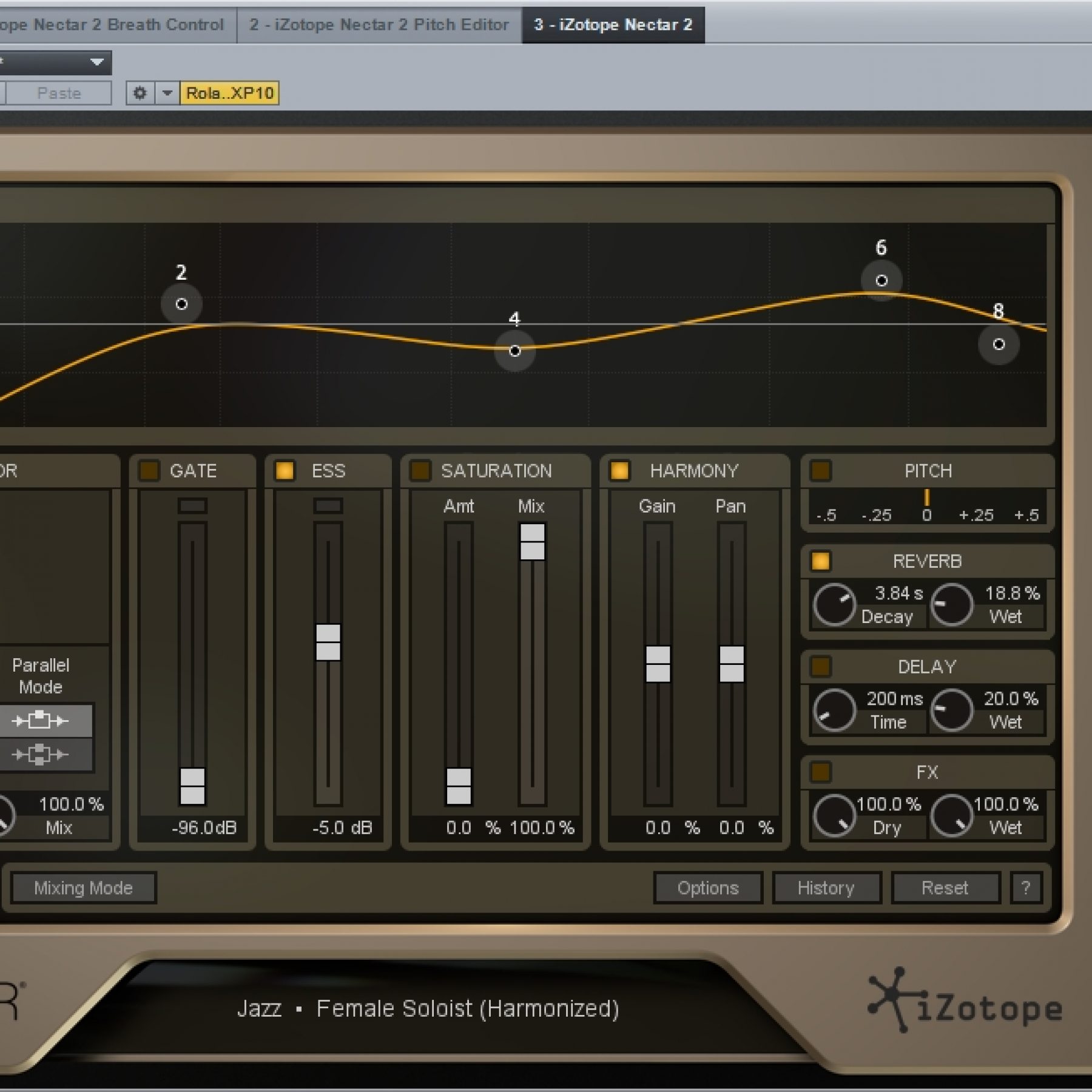
iZOTOPE NECTAR 2 REVIEW
iZotope Nectar 2 Review
I reviewed the original release of iZotope’s Nectar vocal plug-in back in June of this year (read the review here) and the conclusion was that Nectar delivered almost everything it promised, but had some slightly disappointing aspects – hey, nothing’s ever perfect.
When you fire up Nectar 2 you’ll instantly see that iZotope has definitely fixed one of those disappointments – that darn GUI. Let’s be honest, the GUI for Nectar was close to awful. Too small, and designed in this kind of burnt-orange colour and with mostly basic graphics, it looked like something from a 1980’s monochrome monitor PC.
Nectar 2 has been given a serious make-over including being physically larger, which has opened the interface right up. The parameter sliders and knobs are more accessible and the GUIs for the individual elements of the plug-ins are modernized and therefore more familiar. In a slight re-jig Nectar 2 is now technically a suite of plug-ins since the Breath Control and Pitch Editor have been separated into stand-alone effects. Nectar takes Breath Control seriously giving you a precise plug-in to eliminate any huffing and puffing, which is in addition to the standard Gate in the main plug-in. Likewise, the Pitch Editor is an editor, allowing you to capture audio with an Auto-Tune type of interface and wrestle segments of a wave file into the correct pitch via a choice of tools. Again, the main plug-in also has a more set-and-forget type of Pitch Correction effect. In other words (or lyrics), the Editor is for serious vocal transgressions.
Along with Overview or Advanced modes, Nectar 2 keeps the Genre style of presets introduced in the original version. Styles such as Pop, Rock, Country or Jazz expand into more specific scenarios like Bootlegger, Epic Ballad and so on. Like any presets, these are all handy starting points for creating exactly the effect you’re after. Here you’ll see another improvement in the Overview GUI, because previously some of the parameters for these genres were sometimes defined by a rather obscure “Space” section – a kind of global control for underlying reverb and delay effects – and another box that labeled itself things like Hype, Decade and Motown that often gave few clues as to exactly what plug-ins were being controlled (compression was a common culprit). Giving up on all this confusion, Nectar 2 in its Overview Mode offers plain-language global controls for Compression, De-Essing, Saturation, Gate, Harmony (more on this below), Pitch, Reverb, Delay and finally FX, the latter dealing with the more esoteric effects found under the hood like distortion and modulation. Now the Overview Mode makes much more sense and you’re not constantly switching to the Advanced view to figure out exactly what you’re really tweaking.
The Harmony effect is pretty much the original Doubler plug-in renamed and the newly-polished GUI has made it way, way easier for getting your head around how this works. As you should expect, since the Harmony plug-in sources the vocal track over which Nectar is inserted, the effect still sounds manufactured and lacking that genuine human factor, however with a bit of effort you can create some very good pseudo-harmonies, particularly if you use the MIDI control function. You pan and delay up to four harmonies – each of which is separately set at a second, third, fifth and so on interval (up or down) or you can choose Unison to have a straightforward doubling effect. These are the parameters that can be controlled in real-time by your MIDI controller and mid-phrase it’s possible to change the voice of each harmony, therefore adding a further layer of virtual reality. To ensure you’re starting from the right place, you can set the correct key similar to how you might for pitch correction, or you can try the Key Detection function. I was processing a rather complicated vocal and the Key Detection wasn’t entirely happy, but it gives you a list of possible keys and all you need do is switch through these and listen for the best one. As an effect, it’s one to be persevered with learning the intricacies and you’ll get surprising results. To be honest, I’ve heard real vocals pitch-corrected to death that sound less human than Nectar’s Harmony plug-in.
The only reverb in Nectar 2 is now an emulation of an EMT 140 stereo plate reverb – a renowned unit, but some users might miss the longer tails this reverb never reproduced. Of course, you can still send an auxiliary signal to an effects reverb in your DAW, so perhaps iZotope figured it was worth saving Nectar 2 the CPU stress of multiple reverb types among the long list of other effects. There are seven new DSP processes in the FX unit, Distortion, Decimate (Downsampler), Phaser, Flanger, Chorus, Echo, and Shred – this last being a stuttering effect. By the way, there is still no Tap button for the delays although they can be synced to the host DAW.
Last, but not least, each effect in Nectar 2 has a real-time spectrum or wave file display that shows what each plug-in is doing. For some, it’s no big deal (such as showing the HPF and LPF points) and in others, like the Gate or Compressor effects, the display is good. For example, it will draw the envelope of the gate opening and closing over the wave file – think of it as an automation envelope in reverse. Very handy.
There wasn’t much wrong with Nectar in the first place, yet Nectar 2 looks and feels like a huge improvement. Previously, despite all the algorithmic grunt we know is behind the GUI, it was still hard to entrust all your vocal processing to a single plug-in – dare I say it looked kind of cheap – and while I know you’re supposed to judge with your ears and not your eyes, well… With the much-improved GUI and the greater degree of control it brings, the new effects, and how iZotope has cleaned up the Overview Mode, Nectar 2 is a powerhouse plug-in that can do more than just vocals. Don’t be scared to try it on almost anything – in fact, you can try it yourself for 10 days in full working order as a demo. The full Production Suite is priced at US$299 from Izotope or there’s a Standard Edition that lacks the Breath Control and Pitch Editor elements for US$229. Demo downloads, comparison charts and videos are at www.izotope.com
Australian Distributor:
Electric Factory (ELFA) 03 9474 1000 or www.elfa.com.au


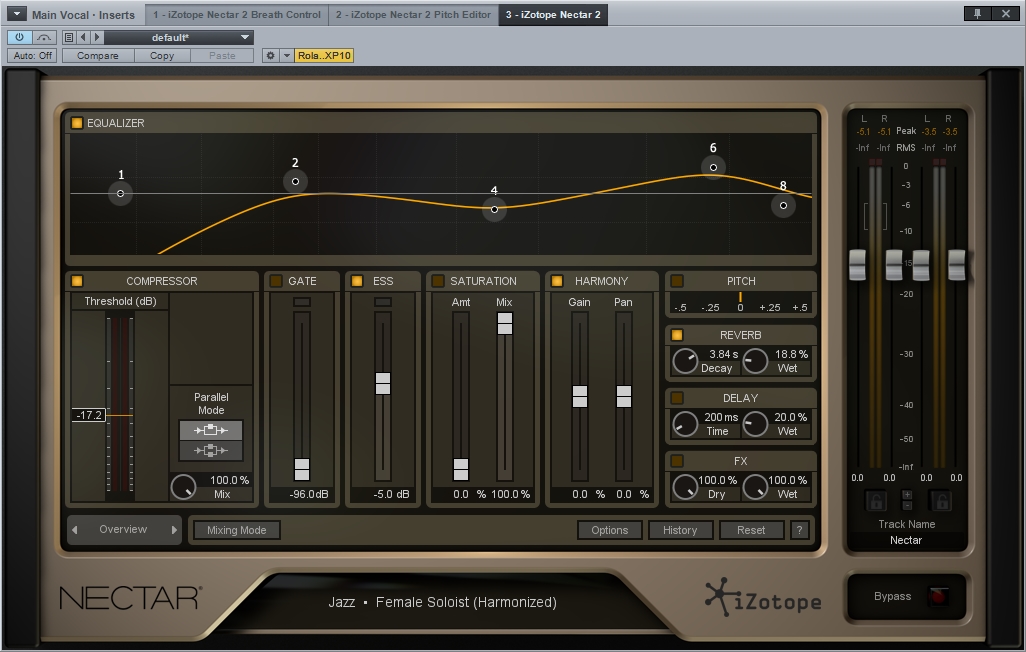


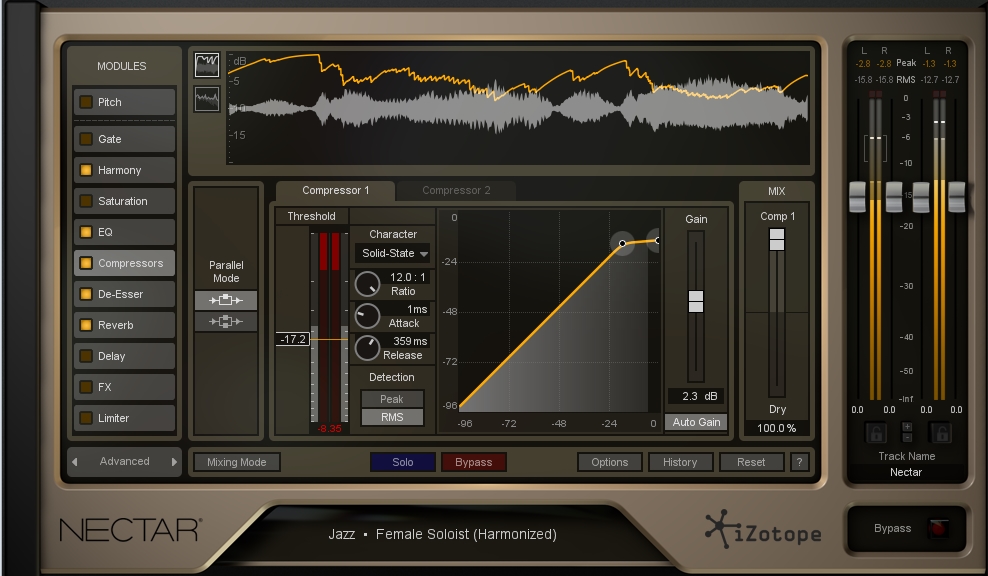





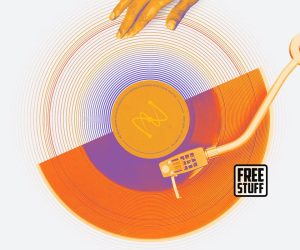

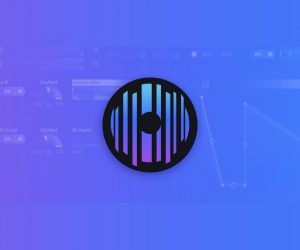
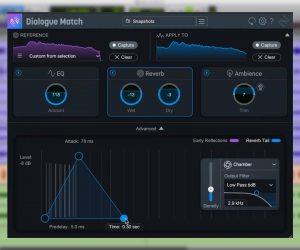





RESPONSES